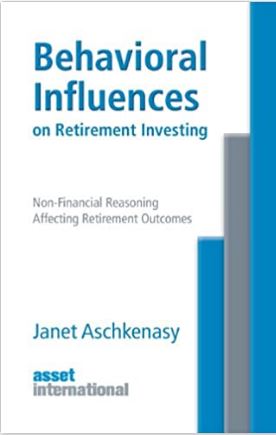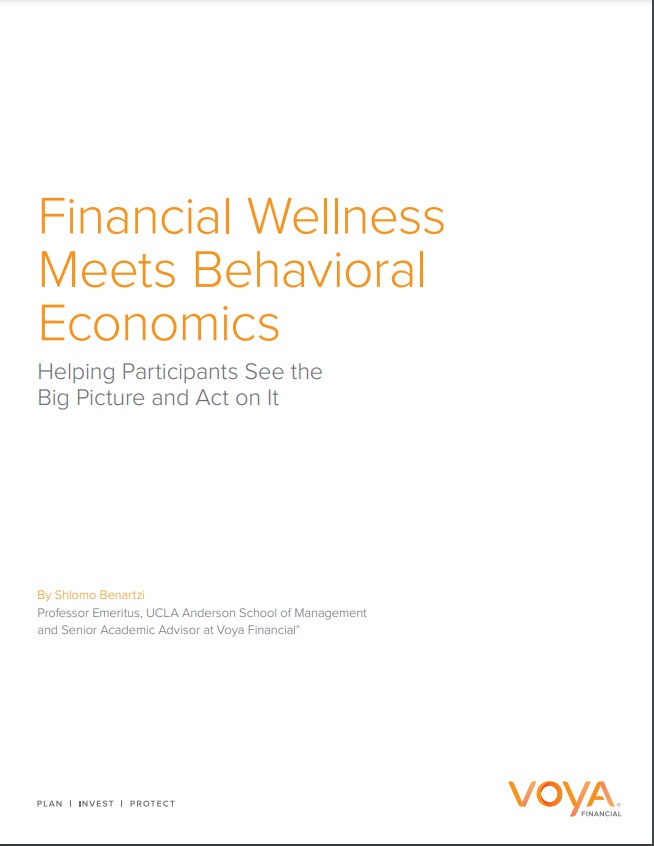Investors’ Activity in Response to Information About Their Pensions
By Amedeus Malisa This paper uses individual-level data on fund choices in the Swedish Premium Pension to analyze how investors respond to information about their pension savings. The Swedish Pensions Agency mails an annual information letter, the Orange Envelope, to investors to provide them with tailored information about their public pension accounts. This paper examines the effect of pension communication in the Swedish Premium Pension System (PPS) by exploiting the staggered roll-out of these letters across different Swedish counties. Results...










